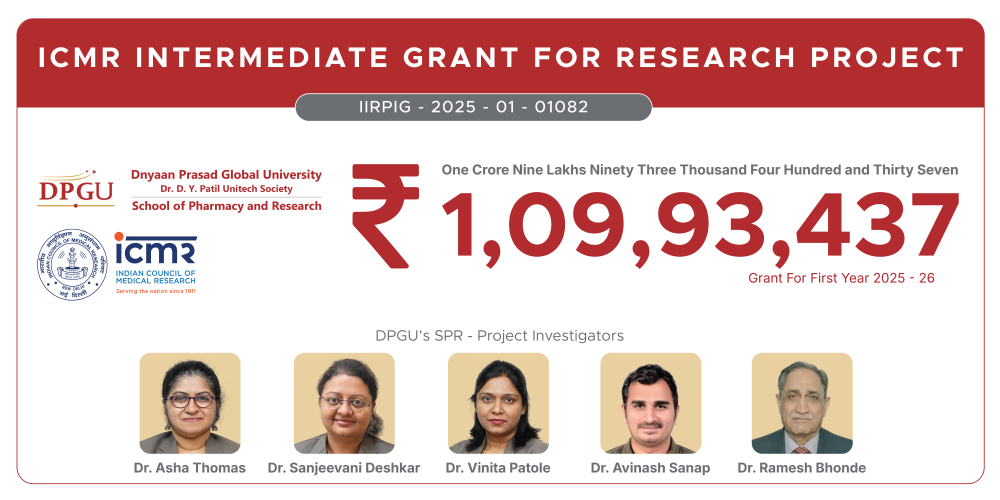Evolution of hepatitis testing: From conventional methods to Next-Gen ELISA & Rapid kits
August 13, 2025 | Wednesday | News | By Dhiren Trambadia, Vice President, Trivitron Healthcare
From slow, basic approaches to the rapid tests and next-generation ELISA platforms of today, the history of hepatitis testing is vast
Hepatitis, an inflammation of the liver, is usually caused by viruses such as Hepatitis A, B, C, D, and E and occupies a key place on the global health concern list. Types B and C, especially, pose a severe public health concern in India and worldwide. These silent viral infections often remain undetected until severe liver disease sets in, including cirrhosis or hepatocellular carcinoma.
With an estimated 296 million people living with chronic Hepatitis B and 58 million with chronic Hepatitis C across the globe (WHO 2023), the need for early detection is more than ever.
The past few decades have brought significant changes to diagnostic tools for hepatitis, from conventional, tedious methods to faster and far more accessible next-generation technologies, such as ELISA and rapid diagnostic kits. With advances in diagnostic accuracy and the ability to bring testing to the doorstep of even the most remote populations, this progress will unfold.
Hepatitis Testing- Evolution Discussed
Hepatitis infections were previously diagnosed using basic techniques. Blood tests included liver function tests (LFTs) that evaluated the elevation of enzymes Aspartate Aminotransferase (AST) and Alanine Aminotransferase (ALT), which are indirect markers of liver injury.
However, LFTs were no confirmation for viral etiology. Hepatitis B and C had to be detected through RIA-based assays and gel-based electrophoresis, all of which were cumbersome, required specialized laboratories to perform, and, more importantly, presented hazards of radiation exposure.
Back then, screening was often limited to high-risk groups, the definition of which included blood donors, pregnant women, or symptomatic patients, thereby leading to underdiagnosis and delayed treatment.
ELISA Revolution for Hepatitis Testing
A giant leap forward in hepatitis diagnostics was then brought by the introduction of the ELISA (Enzyme-Linked Immunosorbent Assay) in the mid-1980s. The ELISA method provided enhanced sensitivity and specificity for detecting viral antigens of Hepatitis B and antibodies to Hepatitis C.
What made ELISA unique?
- It was accurate, as it could discriminate between current infections and past exposure and immunity.
- It was scalable, as it could test large volumes in blood banks and diagnostic labs.
- It was safe - it discontinued the use of radioactive substances, unlike radio-immunoassay (RIA).
With the advancement of ELISA generations, from the first to the fourth, both antigens and antibodies can be detected simultaneously, greatly reducing the diagnostic window period- the time frame between infection and the development of detectable markers. This became very important in the prevention of the transmission of hepatitis via blood transfusions and medical procedures.
Rise of Rapid Diagnostic Tests (RDTS)
Despite ELISA being accurate, these assays required laboratory confirmation and were time-consuming. This impeded communities from implementing diagnosis in rural or low-resource settings. To the rescue came rapid diagnostic tests, which had a significant impact.
Present-day RDTs for hepatitis provide results in 15 to 20 minutes using a drop of blood or serum. They essentially work on immunochromatographic principles, wherein antigen-antibody reactions produce a visible colored line (similar to a pregnancy test). They are characterised by:
- No requirement for electricity
- No fancy machinery
- Minimal training
They have changed the scenario of mass screening, point-of-care testing, and outreach health camps by cutting down the cost and time. The Indian health surveys have identified large-scale hepatitis screening drives in rural areas due to the use of RDTs, detecting thousands of hidden cases.
Next-Gen ELISA
While change and novel improvements were taking place in technology, ELISA remained on its path towards improvement. Modern-day next-generation ELISA systems are likely fully automated, capable of processing hundreds of samples per hour with virtually no manual error. Such platforms feature:
- Multiplexing, which allows for the detection of multiple hepatitis types (i.e., HBV, HCV, HIV) from a single sample
- Shortened window periods, which would enable for enhanced antigen-antibody combination assays
- Improved specificity- Reducing false positives and unnecessary anxiety.
- Automated ELISA systems are becoming increasingly prevalent in blood banks and large hospitals throughout India, helping to fulfill NABH and WHO quality standards.
Toward Elimination in India
India is estimated to have over 40 million people infected with Hepatitis B and 10 to 12 million with Hepatitis C. Recognizing the burden, the National Viral Hepatitis Control Programme (NVHCP), which began in 2018, has been actively facilitating free screening and treatment through the National Health Mission.
Under this programme:
- Confirmatory testing is performed in government centers using the ELISA method.
- RDTs are used in camps, PHCs, and wellness centers to reach vulnerable populations.
- Training and awareness have increased for promoting early testing and vaccination (for hepatitis B).
- To eliminate hepatitis B and C as public health problems by 2030, according to the WHO's global strategy.
The evolution of hepatitis testing mirrors a broader trend in healthcare: from centralized laboratories to community-level diagnosis. With persisting innovation, we envision:
- AI-supported diagnostic tools predicting infection risk and its progression
- Home-based rapid tests for COVID-19
- Portable microfluidic devices for real-time screening of hepatitis
- The speed, accessibility, and patient involvement in diagnostics will further enhance our capacity to address viral hepatitis.
From slow, basic approaches to the rapid tests and next-generation ELISA platforms of today, the history of hepatitis testing is vast. The evolution was imperative not only for better detection and treatment outcomes but also to take testing to an even higher level of inclusiveness.
Dhiren Trambadia, Vice President, Trivitron Healthcare










